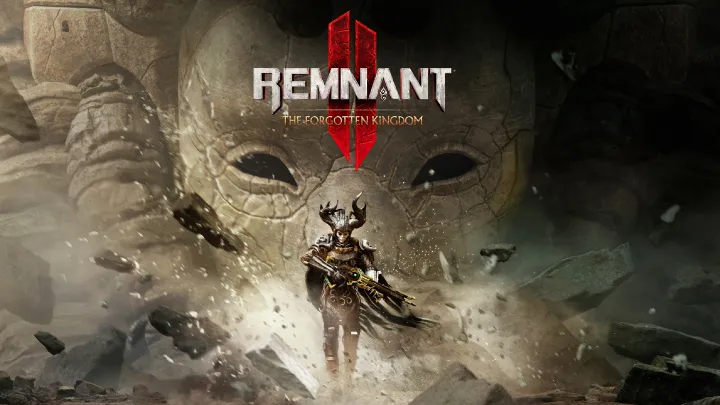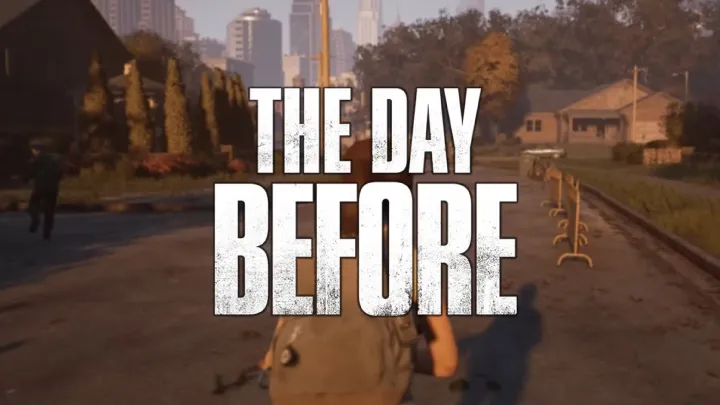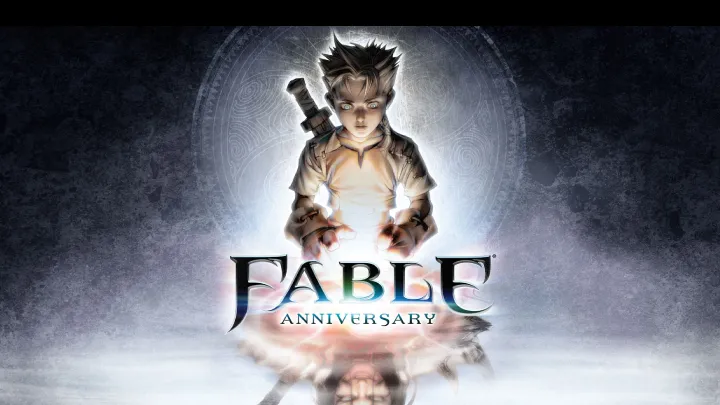Grow a Garden is not simply a game about planting seeds and harvesting crops; it is about living through time and feeling the weight of change. The seasons in the game are more than a background—they are central mechanics that dictate rhythm, growth, and atmosphere. Just like in real life, each season in Grow a Garden carries unique opportunities and challenges, shaping the way players nurture their gardens. This article explores the seasonal cycles in depth, revealing how they influence the plants, the environment, and the player’s emotional connection to the act of gardening.
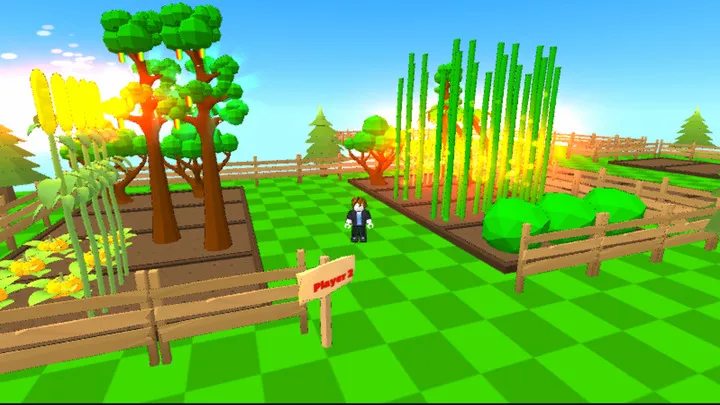
The Promise of Spring: A Season of Renewal
Spring marks the beginning of the garden’s life cycle. It is the season of planting, where seeds awaken in warm soil and the first green shoots emerge. In Grow a Garden, spring carries symbolic weight—it represents optimism, new beginnings, and the potential of every planted seed.
The gentle rain, longer daylight hours, and mild temperatures all create favorable conditions for diverse crops. Players experience a sense of calm and expectation as the game’s soundtrack softens, embodying the promise of growth. The design of spring reminds players that every garden, whether virtual or real, begins with patience and care.
Soil Awakening and Preparation in Spring
Spring is not only about planting but also about preparing the soil after the winter frost. In Grow a Garden, soil mechanics play a key role: the richness of spring soil directly affects crop vitality throughout the year.
Elements of Spring Soil Preparation
- Moisture Levels: Spring rain balances dryness and prevents early crop failure.
- Nutrient Renewal: Certain seasonal cycles replenish nutrients, allowing high-yield planting.
- Weed Emergence: The season introduces the first small challenges, teaching balance between nurturing crops and managing intrusions.
This careful balance sets the stage for the rest of the year. Without proper attention in spring, later seasons carry amplified risks.
The Flourish of Summer: Growth and Abundance
Summer in Grow a Garden is defined by abundance. Crops planted in spring now grow vigorously under long days and warm temperatures. The garden becomes colorful, vibrant, and full of life.

Yet this abundance brings complexity. Growth is rapid, but so are the risks—pests thrive in the heat, and water demands increase dramatically. Players must adapt to the season’s intensity, balancing opportunity with vigilance. Summer symbolizes the middle of the cycle: a reward for preparation, but also a test of endurance.
Sunlight and Water Balance in Summer
The summer cycle highlights the importance of balancing sunlight and hydration. Crops left unwatered risk withering in the heat, while overwatering causes stagnation and root damage.
Challenges of Summer Management
- Heat Stress: Plants grow fast but are easily scorched without attention.
- Pest Proliferation: Warmth encourages infestations that threaten crop health.
- Rapid Harvesting: Growth peaks quickly, requiring the player to act fast to avoid waste.
The summer season teaches players that abundance must be managed with care. Overlooking even small details can undo weeks of preparation.
The Maturity of Autumn: Harvest and Reflection
Autumn marks the peak and conclusion of the growth cycle. Plants mature, fruits ripen, and the garden reaches its most productive phase. The atmosphere of Grow a Garden shifts here—music slows, colors deepen, and the mood becomes one of gratitude and reflection.
Harvesting is both a reward and a responsibility. Players must carefully decide what to collect, what to store, and what to let fall back into the soil. Autumn embodies the cyclical philosophy of the game: every end carries seeds for a new beginning.
The Symbolism of Harvest in Autumn
The harvest is more than a mechanical process—it carries emotional and symbolic weight. Players are reminded of the work invested through the year and the impermanence of abundance.
Layers of Autumn Symbolism
- Fulfillment: Harvest represents the culmination of patience and effort.
- Impermanence: Crops cannot last forever; they must be collected or left behind.
- Preparation for Winter: What is saved in autumn determines survival in the next cycle.
Autumn transforms Grow a Garden from a simple farming game into a meditation on cycles of life, effort, and reward.
Winter’s Stillness: Dormancy and Survival
Winter in Grow a Garden is the most challenging yet profound season. The garden becomes quiet, blanketed in snow, with growth halted. Instead of planting and harvesting, the focus shifts to preservation, planning, and endurance.
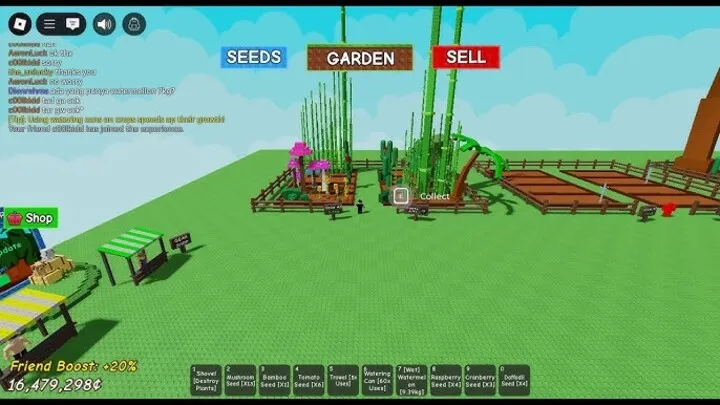
For many players, winter feels like a test of patience. Resources gathered in autumn must now sustain survival. The silence of winter is haunting yet beautiful—reminding players that rest and stillness are also vital parts of the cycle.
Emotional Weight of Winter in the Garden
Winter evokes feelings of solitude and fragility. It forces players to confront scarcity and uncertainty. Yet it also deepens appreciation for the other seasons, making spring’s eventual return more meaningful.
Winter’s Design Elements
- Muted Colors: Snow and frost dominate, stripping the garden of vibrancy.
- Slower Pace: Gameplay slows, mirroring the natural dormancy.
- Introspection: With little action required, players reflect on past choices and future plans.
Winter becomes the most symbolic season, embodying the necessity of endings before renewal.
Cyclical Design and Player Immersion
The genius of Grow a Garden lies in how its seasons flow into each other. No single season exists in isolation; each one builds upon the last. The cyclical design ensures that players always feel the passage of time, making the game both immersive and emotionally resonant.

The anticipation of spring, the intensity of summer, the fulfillment of autumn, and the stillness of winter together form a complete narrative arc. This cyclical immersion keeps players invested not just in their crops but in the broader philosophy of growth and renewal.
Conclusion: Seasons as the Heart of Grow a Garden
In Grow a Garden, seasons are not background mechanics—they are the lifeblood of the game. Each season tells part of a larger story about growth, abundance, impermanence, and renewal. By living through spring’s promise, summer’s abundance, autumn’s fulfillment, and winter’s stillness, players experience the essence of gardening not as a task but as a reflection of life itself.
The game’s brilliance lies in making players feel time, change, and cycles in a deeply personal way. It transforms gardening into more than mechanics—it becomes philosophy.











